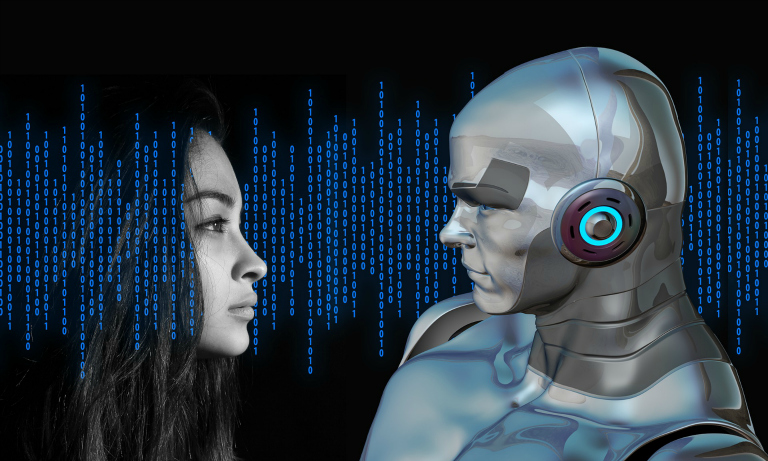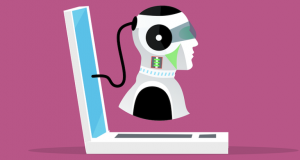 One of the main worries for management is that they could be missing out on recruiting the best talent
One of the main worries for management is that they could be missing out on recruiting the best talentArtificial intelligence (AI) is being used in all kinds of areas of business; in fact, in many cases, it is helping to change the way we do things. The recruitment process is just one area where AI is beginning to make a significant difference.
One of the main worries for management is that they could be missing out on recruiting the best talent. Identifying the best-qualified candidates from a pile of applications is something that AI can do quickly and easily and without the risk of introducing unconscious bias into the process.
It can also help candidates by identifying other vacancies that are suited to their skills and experience and prompting them to apply.
Implementing the technology
As with any technology, AI needs to be properly implemented. When Amazon first experimented with AI in the recruiting process, it found it had inadvertently introduced a bias towards male candidates, as the system had been trained largely on male CVs.
It is therefore vital to be aware of the possibility of bias when implementing any system. Some approaches do this by excluding data such as names and addresses from the processing. This helps to avoid unconscious bias and ensures that the focus is on the skills and qualifications of the candidates.
AI goes beyond scanning CVs; in addition, it can be used in technology such as chatbots that can perform the initial screening of candidates through a series of question and answers. This allows for a more objective approach than is possible with human-led interviews.
It is important to maintain oversight into the process, of course, which means checking the AI solution and taking steps to measure its effectiveness. Conducting an occasional audit of the hiring process helps to ensure that bias is not being introduced. Candidates also need to be tracked all the way through the process to ensure it is working effectively at all stages.
The more data AI sees, the more it ‘learns’ and its performance should improve. Even so, checks need to be carried out; for example, recruiters may choose to introduce a control by interviewing some candidates that the algorithm has rejected to ensure that the technology is doing its job correctly and build confidence in its abilities. If you find that good candidates are being overlooked, you can go back and look at the selection criteria.








